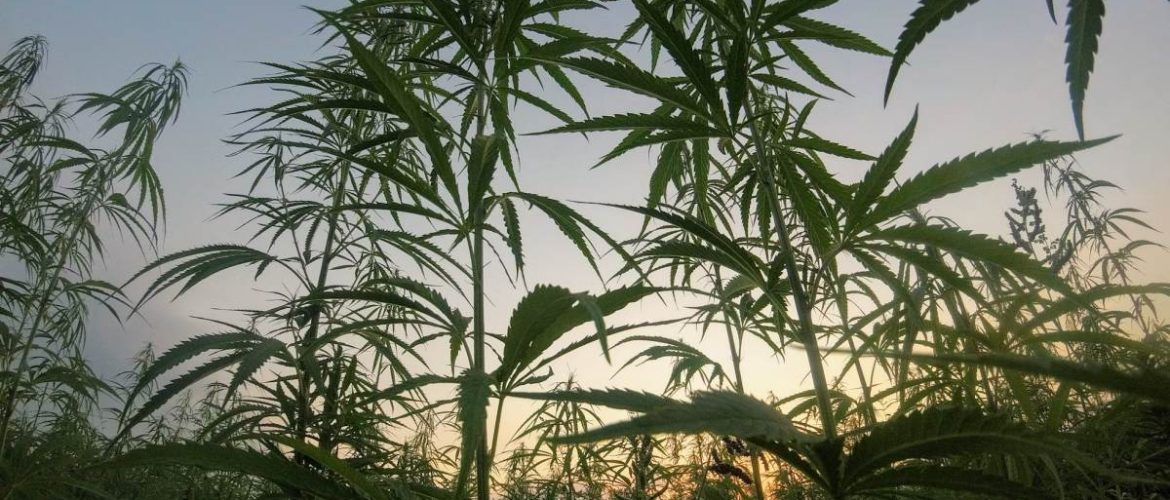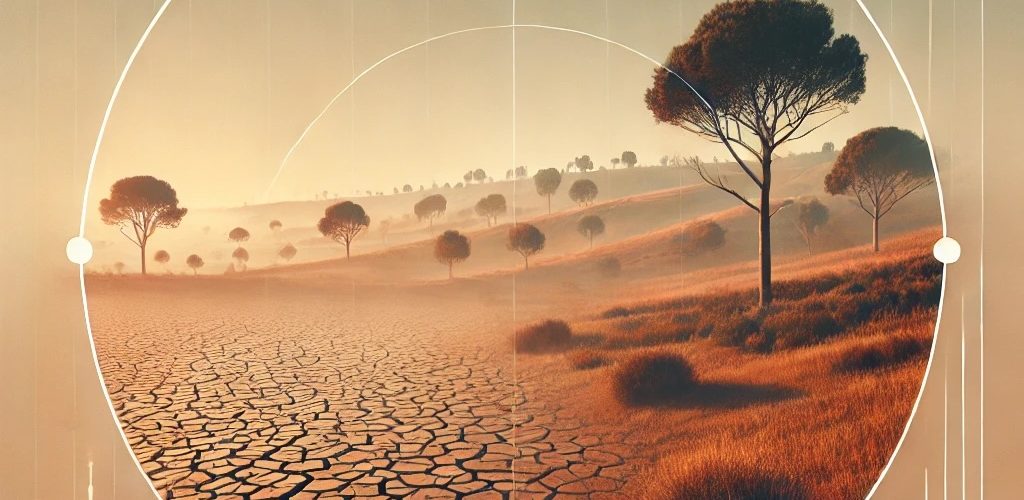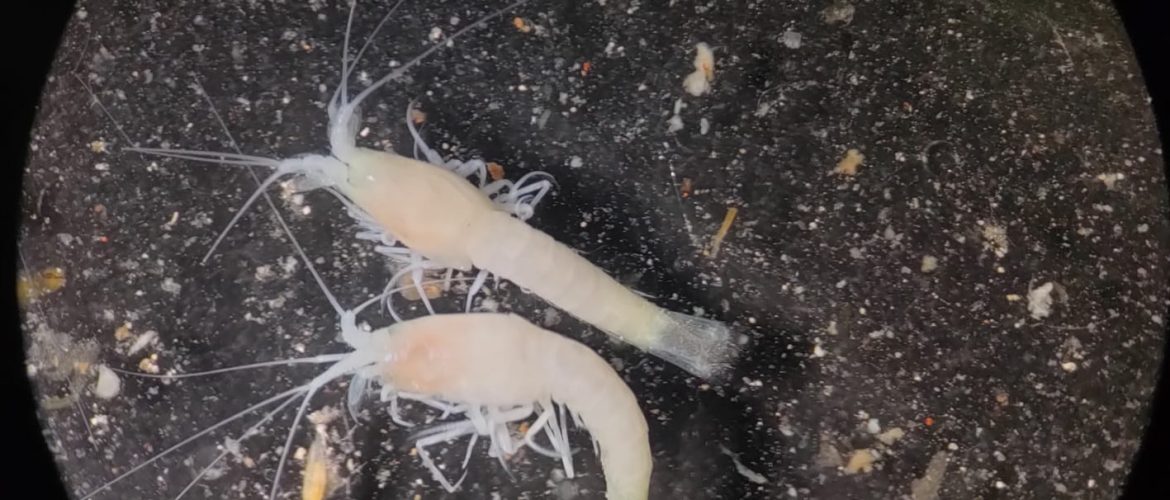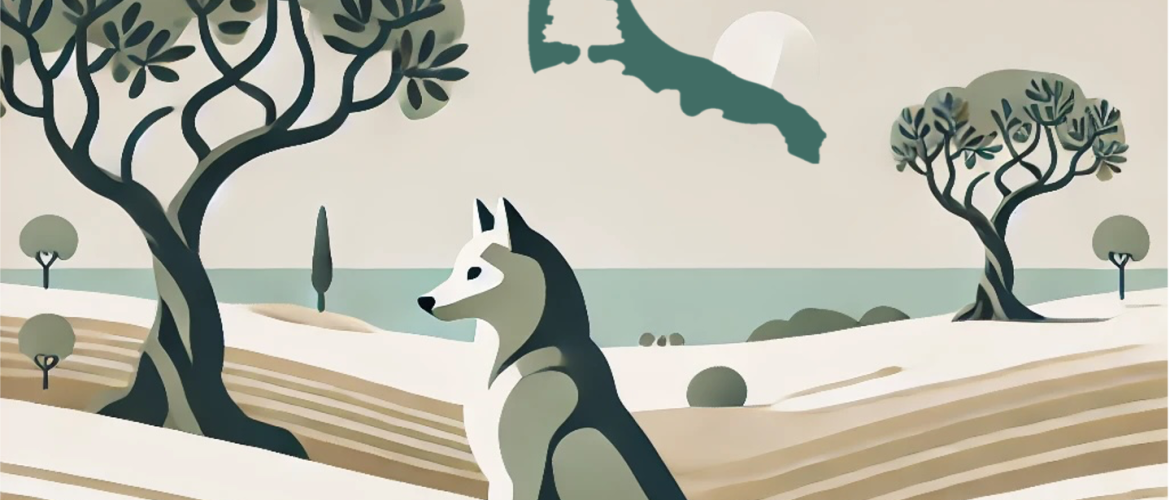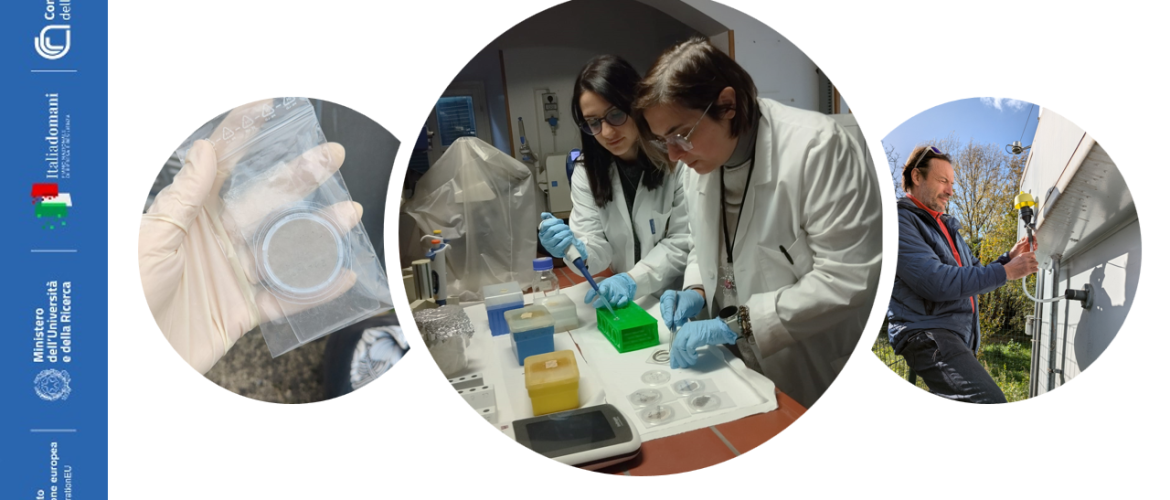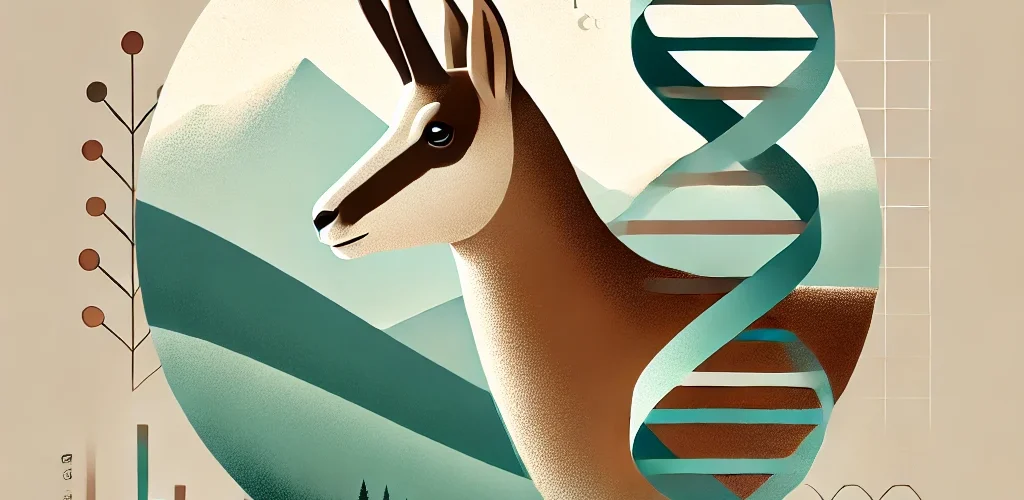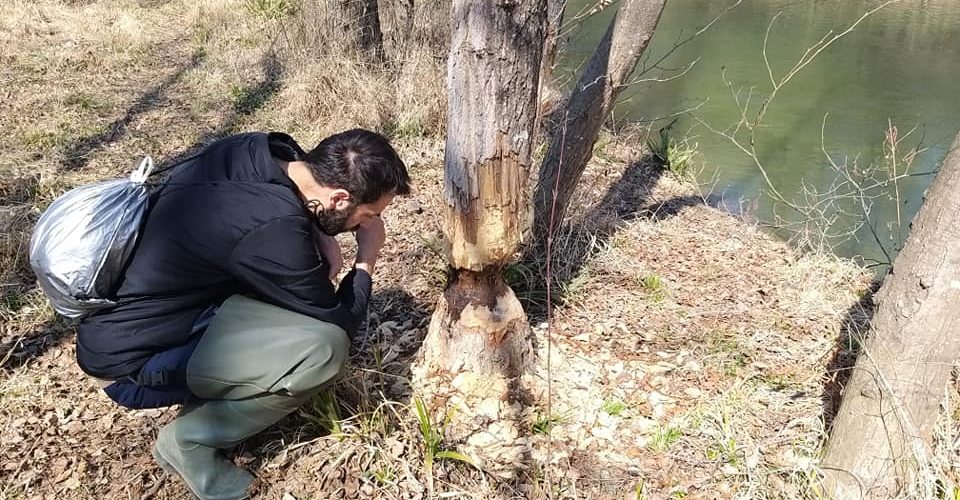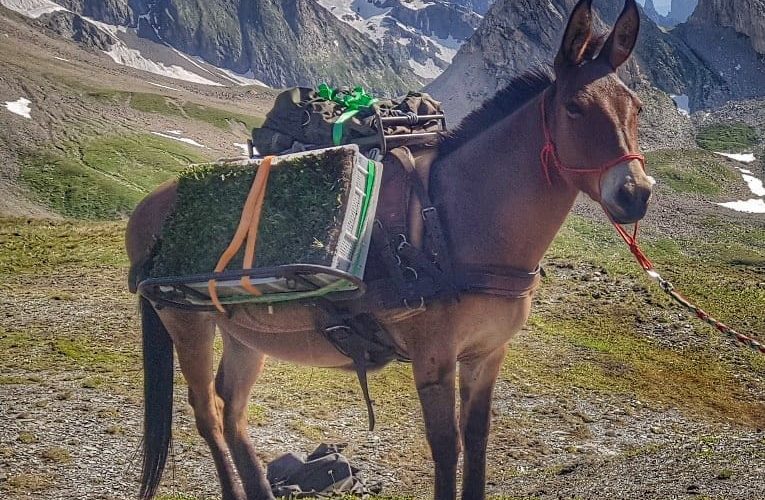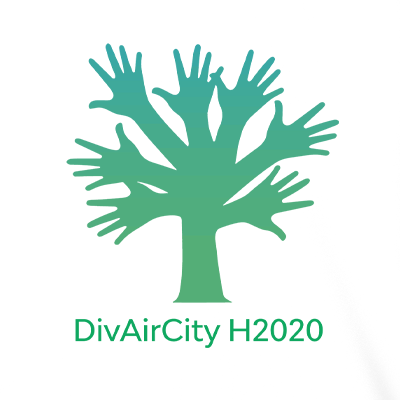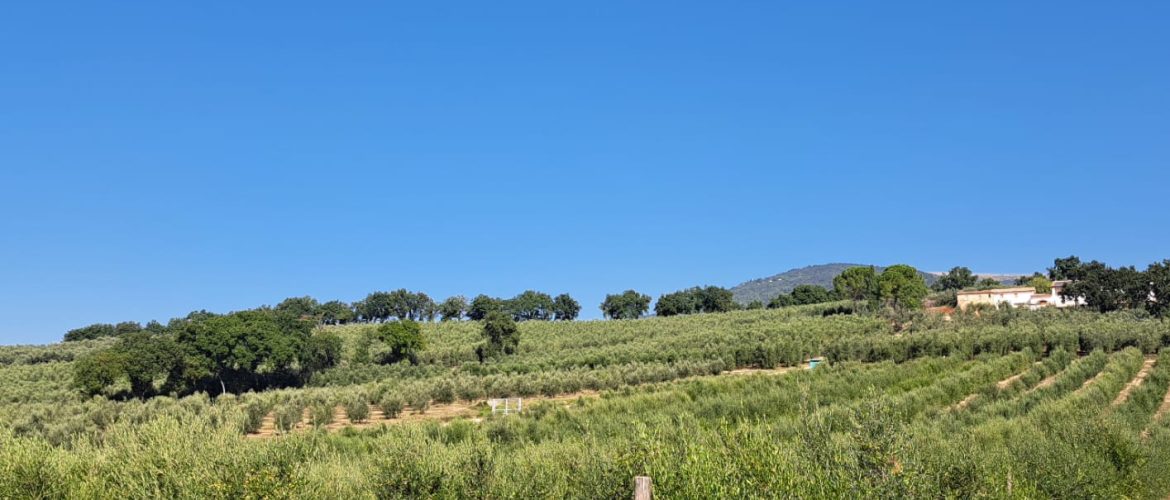The project “Assisted phytoremediation of perfluorinated alkyl substances with industrial hemp: physiological and molecular analyses combined with innovative non-invasive analytical methods” explores the potential of industrial hemp (Cannabis sativa L.) for phytoremediation of PFAS-contaminated agricultural soils, particularly focusing on persistent pollutants like PFOA and PFOS. The study integrates several approaches: Analysis of plant development by different Cultivation methods (in vitro, hydroponic and mesocosm) to evaluate PFAS accumulation and Biomass Utilization: Hemp’s efficient root uptake, translocation, and high biomass production could enable
The project DROMEDAR (Future DROught and Aridification in the MEDiterranean and ecological impacts) focuses on Mediterranean droughts and their impacts on environment and terrestrial ecosystems. The goal is to identify large scale physical mechanisms responsible for prolonged events beyond the range of the internal variability, in order to make robust assessment of their evolution in the next few decades. There are indications that droughts in the Mediterranean will become more intense, although, as for other extreme events, there is less consensus
Thanks to their intrinsic thermal stability, groundwater ecosystems serve as powerful models for the comparative study of global change biology. These fragile environments are threatened by anthropogenic factors that can disrupt stygofauna communities (i.e., aquatic invertebrates, mainly crustaceans, inhabiting groundwater) and promote the colonization of groundwater by surface-dwelling animals. A mechanistic understanding of energy use and resource utilization patterns of organisms living at the interface between hypogean and epigean habitats is critical for predicting the future functioning of groundwater ecosystems.
The Salento area, in the southern part of the Puglia region, is experiencing a significant re-colonization of the wolf (Canis lupus) after centuries of absence, generating considerable ecological and economic interest. Frequent sightings and livestock attacks indicate a stable wolf presence, challenging the hypothesis of sporadic occurrences. Salento is a densely populated area where agro-ecosystems and urban settlements leave natural areas in a marginal position. This creates a unique context in which the presence of a large predator like the wolf
The human population is constantly exposed to a wide variety of bioaerosols in the atmosphere, representing one of the world’s most significant environmental health risks. The recent COVID-19 pandemic has highlighted the importance of studying airborne transmission, as it serves as a primary route for the global spread of infections. The BIO-MASTER PRIN project aims to develop a standardized protocol for sampling, classifying, and characterizing the biodiversity and functioning of key bioaerosol components (mainly bacteria, fungi, and pollen). The need for
The Apennine chamois (Rupicapra pyrenaica ornata) is an endemic subspecies of the central Apennines, considered one of the rarest and most threatened chamois populations in Europe. After suffering a drastic decline in the 20th century, conservation efforts have enabled a partial recovery of the population, but the reduced numbers and geographic isolation continue to pose a threat to its long-term survival. This project aims to: Analyze the genetic diversity and population structure of the Apennine chamois using the quaddRAD method. Compare the genome
The project “The Beaver’s Legacy” explores the role of the Eurasian beaver (Castor fibre) in biodiversity conservation and ecosystem management in two distinct ecological and social contexts. In Italy, the recent reappearance of the beaver has shown significant benefits for biodiversity, with a positive impact on flora, fauna and water quality, but has also raised questions about the long-term management of the species. In Slovakia, where the beaver has been present for decades, the project addresses the challenges of high
MICROorganism-PLANT Interactions in the Forefield of Glaciers: a Hotspot for Studying the Impact of Climate Change in ALPine Habitats (MICROPLANTALP) During the 21st century, Alpine areas have been experiencing warming at a rate higher than the global average, putting their sensitive ecosystems at risk. Climate change alters the balance between carbon assimilation, storage, and release, potentially leading to significant CO2 emissions. In recent decades, experimental ecology has shifted from observational studies to manipulation experiments, using methods such as soil monolith transplantations
DivAirCity – The power of diversity and social inclusion as a mean for reducing air pollution and achieving green urban nexus in climate neutral cities DivAirCity seeks to redefine urban development by leveraging human diversity as a resource to shape innovative urban services and models for culturally-driven, green cities. The project focuses on the Urban nexus that combines people, places, peace, economic growth, climate robustness and its impact on Air quality and decarbonization. DivAirCity, through citizen science and creativity will co-design
The project aims to select olive cultivars adapted to water-scarce conditions and to develop innovative management strategies based on the use of biostimulants to mitigate the negative effects of climate change. Dendrochronological and dendroisotopic analyses will provide insights into the ecophysiological responses of cultivars to interannual climate variations and the relationships between water use efficiency and plant growth. The results will help identify the most effective combinations of cultivars and biostimulants to enhance olive tree resilience to climate change, contributing to a


